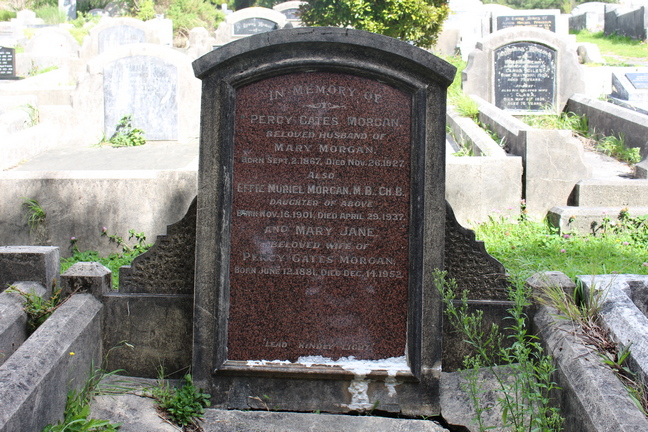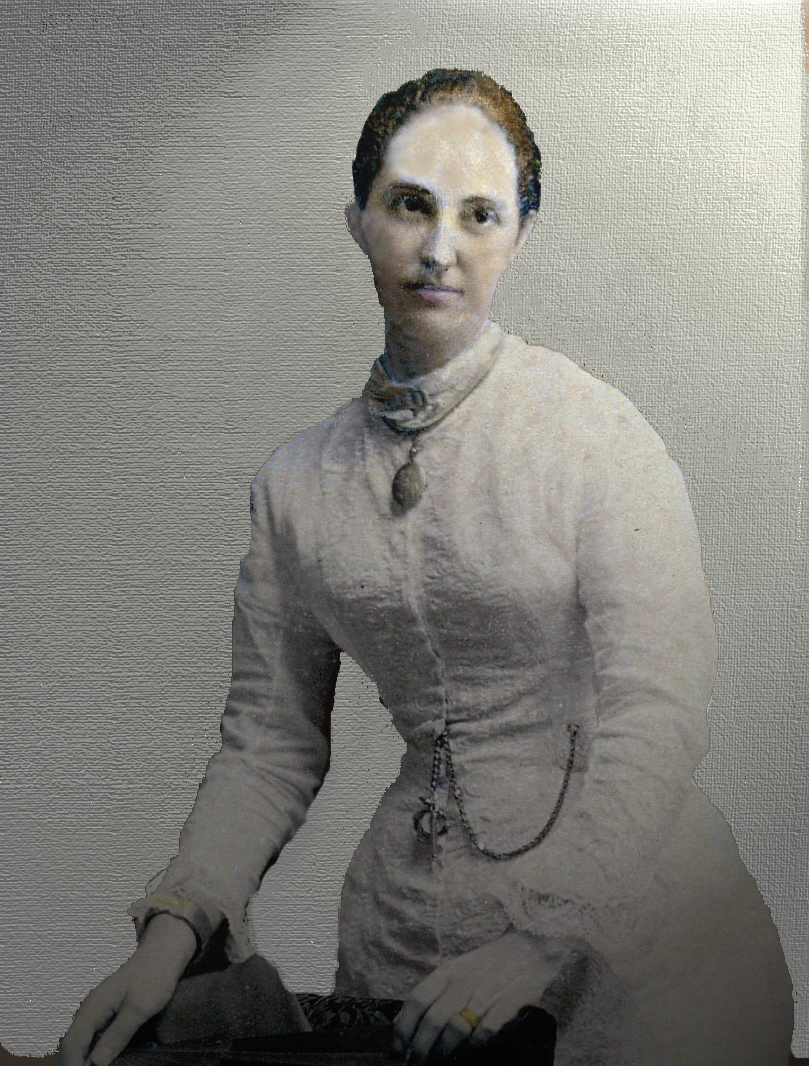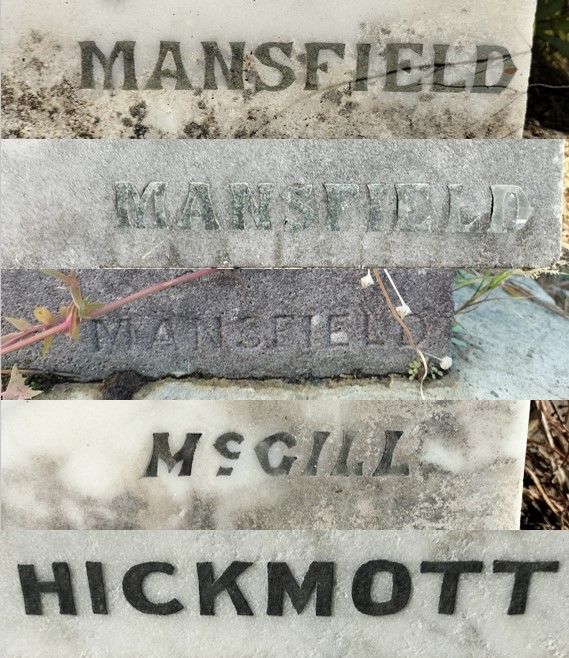Monumental Mason Makes Mischief (1917) This wasn’t Walter’s first time in court. Back in 1896, he was there for assault charges against the Sexton of Karori Cemetery, Ernest Nash. The…

Sarah McKinlay and Charles Ralph
Sarah McKinlay and her husband Charles Robert Ralph Charles was born in 1862 in Glasgow and Sarah in 1863. Charles’ parents were Charles Ralph and Ann Duncan. Who Sarah’s parents…

Clarissa Bryden
[Cherub] Clarrissa ‘A Wonderful Wife and Loving Mother’ Clarrissa was born in 1898, to Frederick and Mary Jane Laughton. Her father was an umbrella maker when she was younger and…

Dr Effie Muriel Morgan
Dr Effie Muriel Morgan 1901 – 1937 Percy Gates Morgan M.A married Mary Jane Gilmour in 1900. Percy was a graduate of the Otago School of Mines and Mary (Minnie)…

Louisa Rhind
Louisa, wife of William Graham Rhind. Louisa was born in 1857. Her parents Arthur Harvey and his wife Emma Vernon seem to have bounced backwards and forwards from England to…

Fearn & Quick
Fearn & Quick – architects of the William Booth Memorial Training College, Aro Street. Stanley Fearn was born in Mile End, London, in 1887 to Walter who was a pawnbroker…

Coronation Day
To celebrate King Charles’ coronation day, did you know that at Karori Cemetery there are: 1977 named Charles 320 with surname King 5 men named Charles King This is what…

Louise Brandon
Louise Elizabeth Brandon – Nurse WW1 Louise Elizabeth de Bathe Brandon was born in Wellington in 1877. She was the the fourth child born to Henry Eustace de Bathe Brandon…

Lily Ponds
It is well timed for ANZAC Day 2023 that we are pleased to announce the two lily ponds in the services section have had their restoration completed. These ponds are…

Margaret Steel Hill
‘a kind and benevolent disposition’ Margaret and Andrew Hill were likely one of many married couples who used emigration rather than an expensive divorce to change course in their lives….

